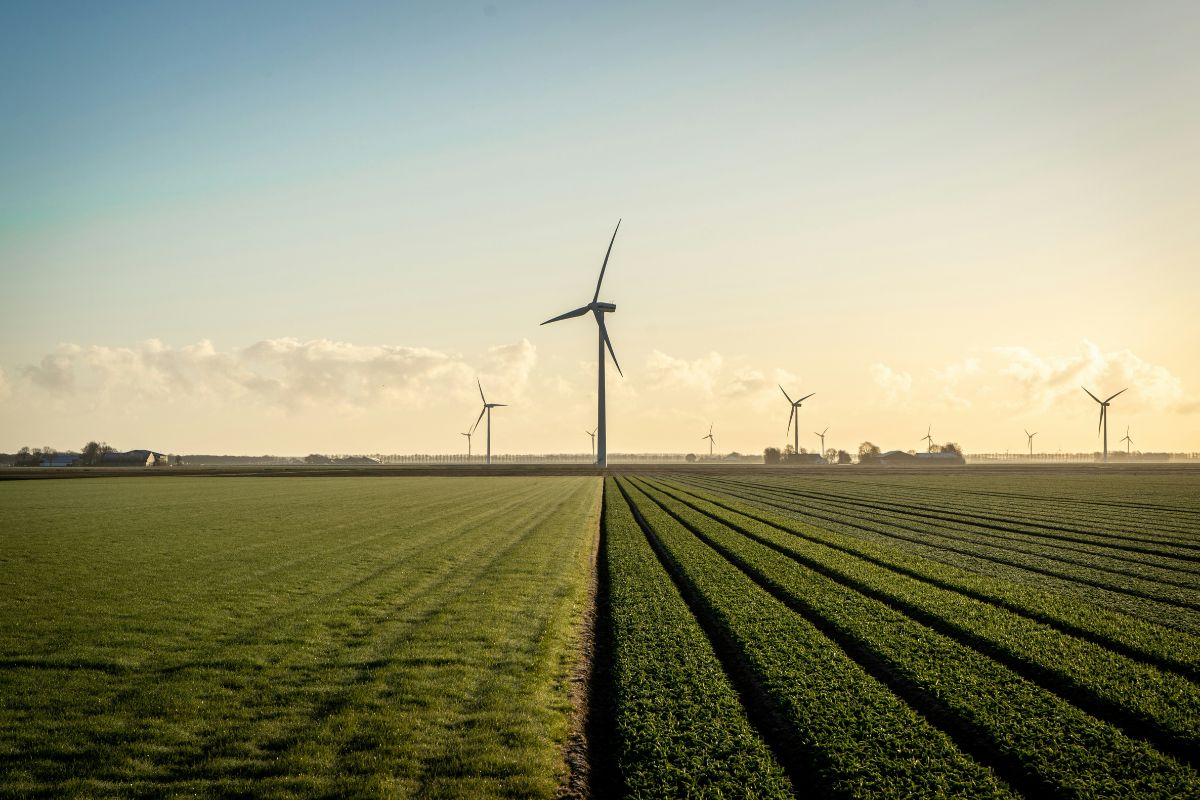Wind energy is an important piece of a reliable, diverse energy mix. Recent advancements have made wind turbines more efficient and sustainable than ever. Let’s explore three that make wind energy better for protected species, your ears and the environment.
Safeguards for bats
Bats play a crucial role in our ecosystem. They pollinate plants and help control insect populations. However, they face threats from habitat loss and collisions with buildings, cars and wind turbines alike. To mitigate these risks, researchers developed EchoSense technology.
EchoSense uses advanced sensors to detect the high-frequency echolocation calls of bats. The system analyzes these calls to identify when bats are near wind turbines and can automatically slow or temporarily shut off turbines to prevent collisions.
This technology is especially important for protecting endangered species such as the Northern long-eared bat and the lesser long-nosed bat. By minimizing bat fatalities, EchoSense helps maintain biodiversity and the balance of our ecosystems.
Built-in noise reduction technology
Though project developers and energy companies adhere to local laws that regulate noise levels, manufacturers continue to find improvements to minimize wind turbine sound.
Serrations are small, tooth-like structures added to the edges of wind turbine blades to help reduce noise. They break up turbulent airflow, reducing the "whoosh” sound blades generate as they rotate. This further minimizes noise without sacrificing efficiency, and it reduces the impact on wildlife like birds and mammals that may be sensitive to sound.
Turbine blade recycling
As the number of wind turbines grows worldwide, so does the opportunity to recycle turbine blade waste. Turbine blades are made from composite materials that are challenging to recycle, leading to concerns about their environmental impact.
Enter REGEN Fiber, a new company that turns wind energy waste into reinforcement products for construction. They recycle end-of-life or damaged wind turbine blades and manufacturing scrap otherwise destined for landfill.
REGEN Fiber’s unique, patent-pending process:
- Is fully mechanical. This avoids environmental impacts from traditional blade recycling methods that use heat or chemicals.
- Creates a rare, 100% recycled fiber additive that strengthens and extends the lifetime of concrete and asphalt.
EchoSense, serrations and blade recycling are just a few ways wind energy generation continues to improve. Learn more about the different environmental considerations involved in planning wind energy projects here.


